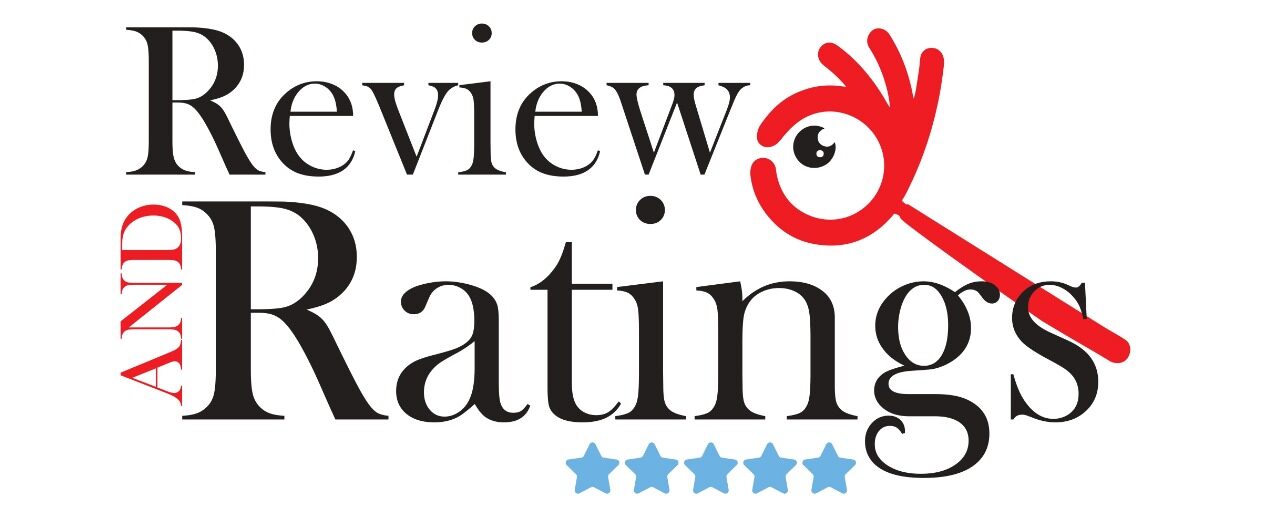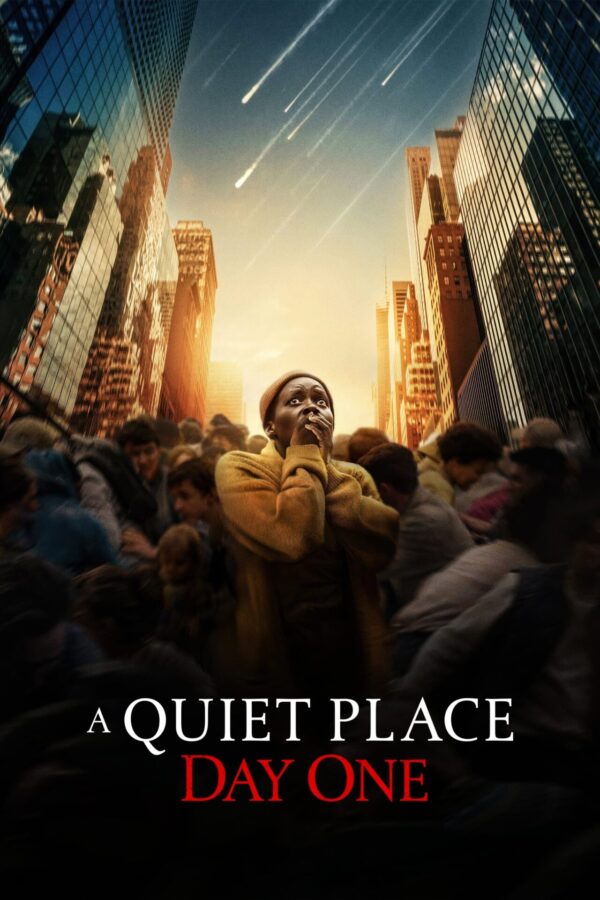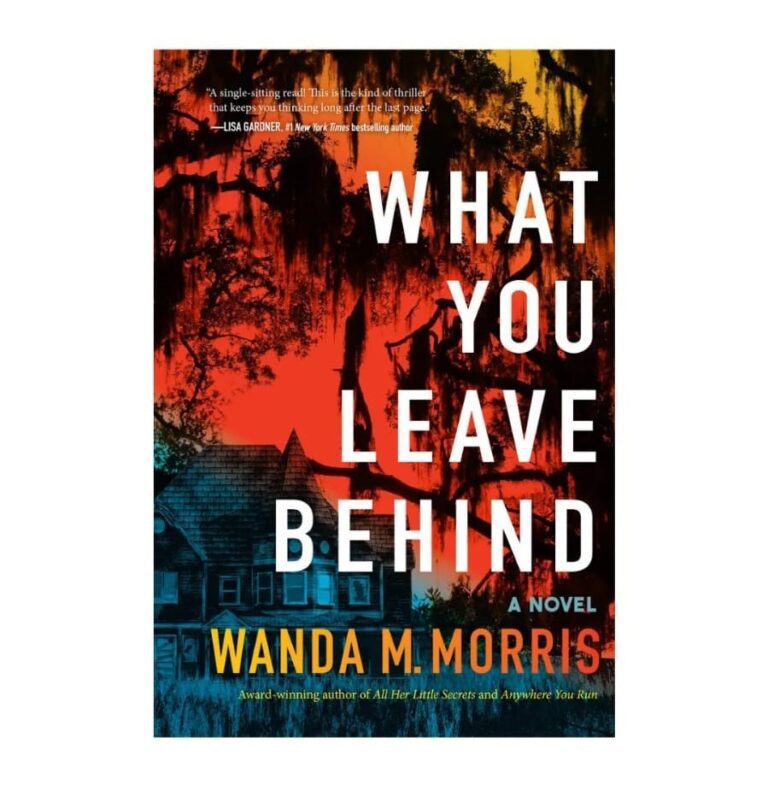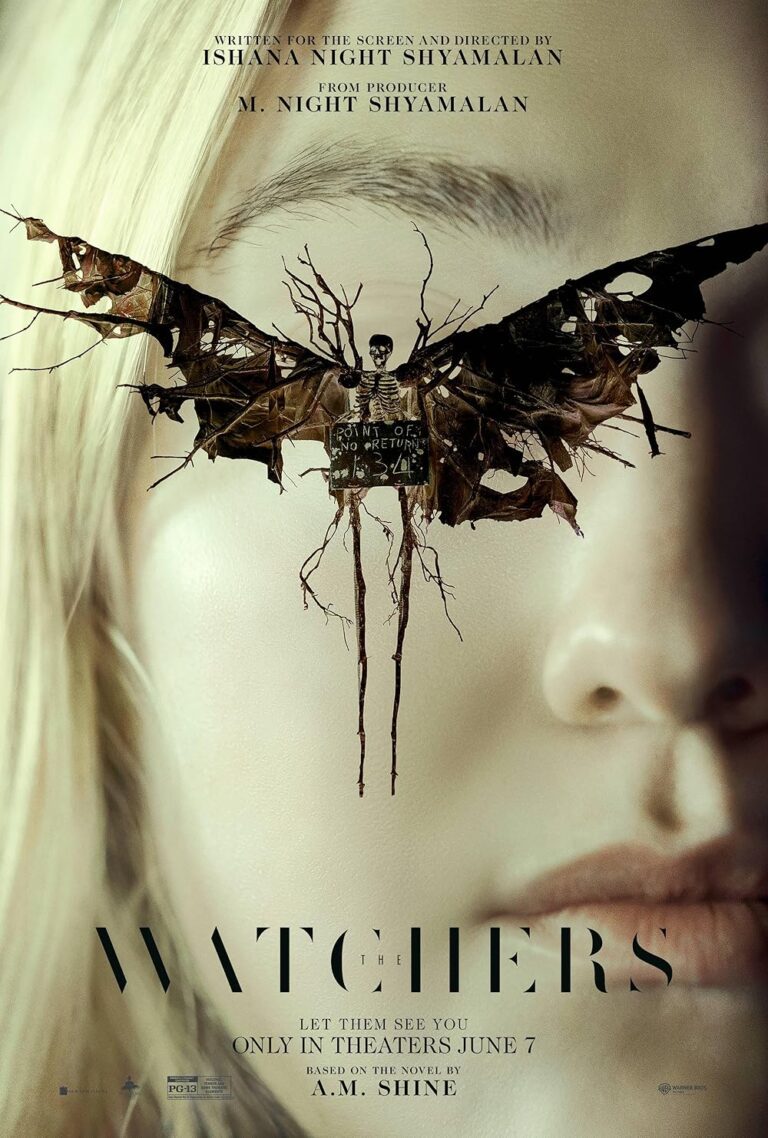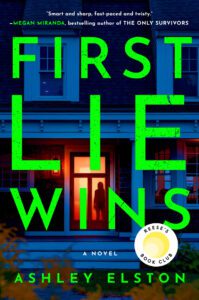A Quiet Place: Day One(2024)Movie Review: A Haunting Prelude to the Silence
Your Rating :
Director : Michael Sarnoski
Writer : Michael Sarnoski, John Krasinski
Music : Alexis Grapsas
Introduction
A Quiet Place: Day One explores the origins of the alien invasion that brought the world to a standstill. The story follows Sam (Lupita Nyong’o), a terminal cancer patient, navigating the chaos of New York City on the first day of the attack.
A Quiet Place: Day One takes viewers back to the origin of the terrifying invasion that has come to define the franchise. Set in the bustling city of Manhattan, the film follows Sam, a hospice-stage cancer patient, as she navigates the chaos of the first day of the alien invasion. Joined by Eric, a panicked young man, and her cat Frodo, Sam’s journey through the noise-sensitive apocalypse is both harrowing and emotionally resonant.
Plot Analysis
The film starts with Sam, a hospice patient, who ventures into Manhattan with her support group for a final taste of her favorite pizza. As the city is thrown into pandemonium by the arrival of sound-sensitive aliens, Sam must navigate the chaos with her cat Frodo and later, a panicked young man named Eric (Joseph Quinn).
The film opens with a serene yet somber introduction to Sam’s life as she grapples with her terminal cancer diagnosis. Seeking one last adventure, Sam joins her support group for a trip into Manhattan. As they enjoy a puppet show, the tranquility is shattered by the sudden arrival of sound-sensitive aliens. The city descends into chaos as the invaders attack anyone who makes a noise, forcing Sam, Eric, and Frodo to fight for survival. The plot weaves through tense encounters, fleeting moments of peace, and the ever-present danger of making the slightest sound.
Themes and Messages
A Quiet Place: Day One delves into themes of survival, the value of life, and human resilience in the face of catastrophic events. The film poses profound questions about the lengths one will go to survive when life itself is already fleeting. “A Quiet Place: Day One” delves into themes of the human spirit’s capacity to find hope in the darkest times. It also explores the idea of sound as both a blessing and a curse, highlighting how silence can be both a refuge and a prison. The film raises poignant questions about what it means to live fully in the face of inevitable death, as seen through Sam’s journey.
Character Development
Sam (Lupita Nyong’o): A terminally ill woman who finds a renewed will to live amid the chaos.
Eric (Joseph Quinn): A panicked young man who joins Sam on her journey.
Alex (Alex Wolff): Sam’s support group leader.
Performances
Lupita Nyong’o delivers a stellar performance, capturing the emotional depth and physical strain of her character with precision. Joseph Quinn complements her with a strong portrayal of fear and determination. Lupita Nyong’o delivers a powerful performance as Sam, portraying her vulnerability and strength with equal measure. Joseph Quinn’s portrayal of Eric brings a raw intensity to the film, and Alex Wolff’s understated performance as Reuben adds a layer of emotional resonance. The chemistry between Nyong’o and Quinn is palpable, making their characters’ bond believable and compelling.
Direction and Writing
Michael Sarnoski brings a melancholic and subtle approach to the horror genre, emphasizing character-driven moments over typical blockbuster thrills. His previous work on “Pig” shines through in the nuanced character interactions. Brian Tallerico brings a nuanced approach to “A Quiet Place: Day One,” focusing on character-driven storytelling and emotional depth. His direction emphasizes the quieter, more introspective moments, allowing the audience to connect deeply with the characters.
Brian Tallerico’s screenplay attempts to balance introspective character moments with high-stakes survival, though some themes feel underdeveloped due to the film’s brisk pacing. The screenplay, also by Tallerico, skillfully balances tension and drama. The dialogue is sparse but impactful, reflecting the film’s central theme of silence. Tallerico’s writing explores complex emotions and moral dilemmas, making the film more than just a typical horror-thriller.
Cinematography and Visuals
The film’s visual style is both haunting and beautiful, capturing the contrast between the bustling city and its eerie, silent transformation. The use of shadows and light enhances the sense of foreboding, while the detailed set designs create a believable post-apocalyptic world.
The cinematography by Jeff Cutter is exceptional, with sweeping shots of an eerily deserted Manhattan and tight, intimate close-ups that heighten the tension. Cutter’s work effectively conveys the claustrophobia and danger of the situation, making the audience feel as if they are right there with the characters.The visual tone of the film is somber and atmospheric, reflecting the bleakness of the scenario while capturing the frantic energy of a city in chaos.The cinematography by Polly Morgan effectively uses tight framing and contrasting shadows to create a sense of claustrophobia and impending danger.
Sound and Music
The soundtrack, composed by Marco Beltrami, complements the film’s tension and emotional beats with a mix of eerie, suspenseful melodies. The soundtrack, composed by Marco Beltrami, perfectly complements the film’s atmosphere. The music is subtle yet impactful, using silence and sound to build tension and underscore the emotional beats of the story.
The sound design is crucial, with silence playing a significant role. The film excels in creating tension through the absence of sound, punctuated by sudden, jarring noises that heighten the horror. The sound design is a standout aspect of the film, using silence as a powerful tool to create suspense. Every sound, no matter how small, feels amplified, adding to the audience’s anxiety and fear. The contrast between the quiet moments and sudden bursts of noise is jarring and effective.
Editing and Pacing
The editing by Douglas Crise is sharp, maintaining a tight narrative flow. However, the film’s short runtime leaves some story elements feeling rushed. The editing by Michael P. Shawver is sharp and precise, ensuring that each scene transitions smoothly and maintains the film’s rhythm. The careful pacing allows for moments of reflection and character development without sacrificing the overall tension.
The pacing is brisk, moving quickly from one tense moment to the next, but this occasionally sacrifices deeper character development and thematic exploration. At 99 minutes, the film’s pacing is brisk yet deliberate. While some might find the runtime too short, the film makes every moment count, keeping the audience engaged and on edge throughout. The pacing allows for a balance between action-packed sequences and quieter, character-driven scenes.
Special Effects and Production Design
The special effects are well-executed, particularly the alien creatures, which are both terrifying and convincingly integrated into the environment. The special effects in “A Quiet Place: Day One” are top-notch, particularly the design and animation of the aliens. The creatures are terrifying and believable, adding to the film’s horror elements. The practical effects and CGI blend seamlessly, creating a realistic and immersive experience.
The production design effectively recreates a beleaguered New York City, though the use of London soundstages sometimes undermines the authenticity of the setting. The production design effectively transforms London soundstages into a convincingly deserted Manhattan. The attention to detail in the set designs, from the crumbling buildings to the abandoned streets, enhances the film’s sense of realism and immersion.
Strengths and Weaknesses
Strength-
- Performances: Lupita Nyong’o and Joseph Quinn deliver outstanding performances that anchor the film emotionally.
- Sound Design: The use of silence and sound is masterfully executed, creating an intense and immersive experience.
- Character Development: The film’s focus on character-driven storytelling adds depth and emotional resonance.
- Visuals: Stunning cinematography and production design bring the post-apocalyptic world to life.
Weaknesses-
- Some thematic elements feel underdeveloped.
- The film’s short runtime limits character and plot development.
- Action sequences lack precision and impact.
Comparison
Similar Films:
- A Quiet Place (2018): The original film that started the franchise, known for its innovative use of sound and tense atmosphere.
- Bird Box (2018): A post-apocalyptic thriller that also explores survival in a world where sensory perception is a key element of danger.
While “A Quiet Place: Day One” shares similarities with its predecessors, it carves out its own niche by focusing on new characters and setting. The film’s exploration of sound and silence, combined with its emotional depth, sets it apart from other horror-thrillers.
Audience and Impact
Fans of the A Quiet Place franchise and horror-thriller enthusiasts will find much to appreciate in this installment. The film’s emotional core and character-driven storytelling may also appeal to a broader audience seeking a more thoughtful and introspective take on the genre.
Cultural or Social Impact: The film raises important questions about survival, resilience, and the human condition in the face of overwhelming odds. It also highlights the strength and vulnerability of those living with terminal illnesses, adding a layer of social commentary to the horror narrative.
Conclusion
A Quiet Place: Day One is a worthy addition to the franchise, offering a fresh perspective on the invasion while retaining the emotional depth and tension that defined the original films. The strong performances, particularly by Lupita Nyong’o and Joseph Quinn, elevate the film and make it a compelling watch.
Recommendation
A Quiet Place: Day One is a must-watch for fans of the series and those looking for a horror-thriller with emotional depth and character-driven storytelling. Its unique use of sound and silence, combined with strong performances, make it a standout film in the genre.
Rating – 4/5
Trailer : https://youtu.be/YPY7J-flzE8?si=YNJQsRoriQ1dfnNT
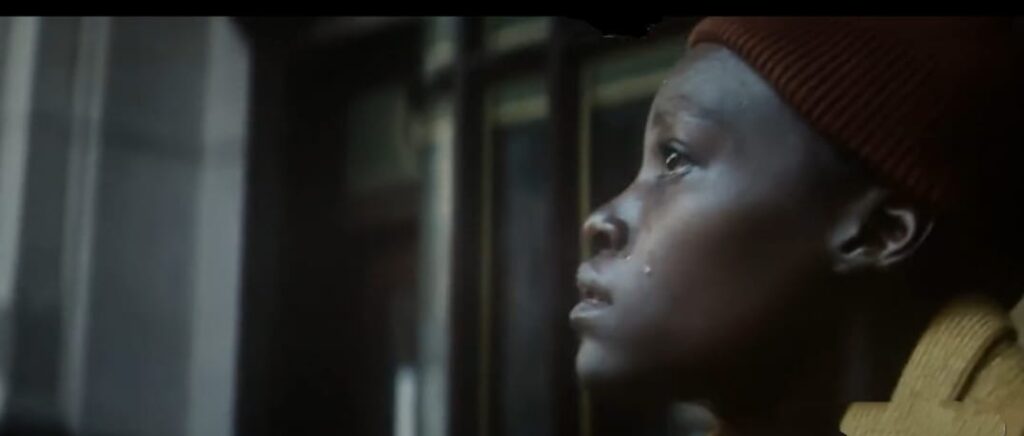
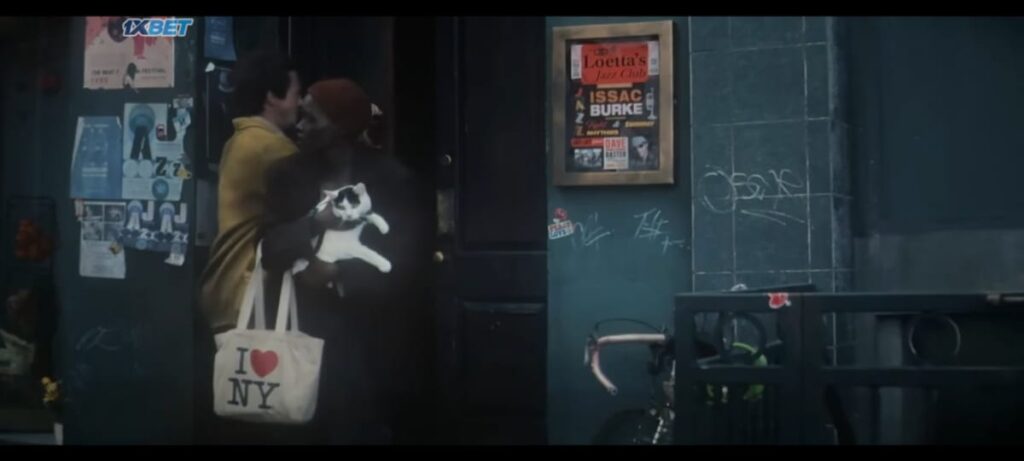
Do checkout our other reviews at : http://reviewandratings.com/category/entertainment/
